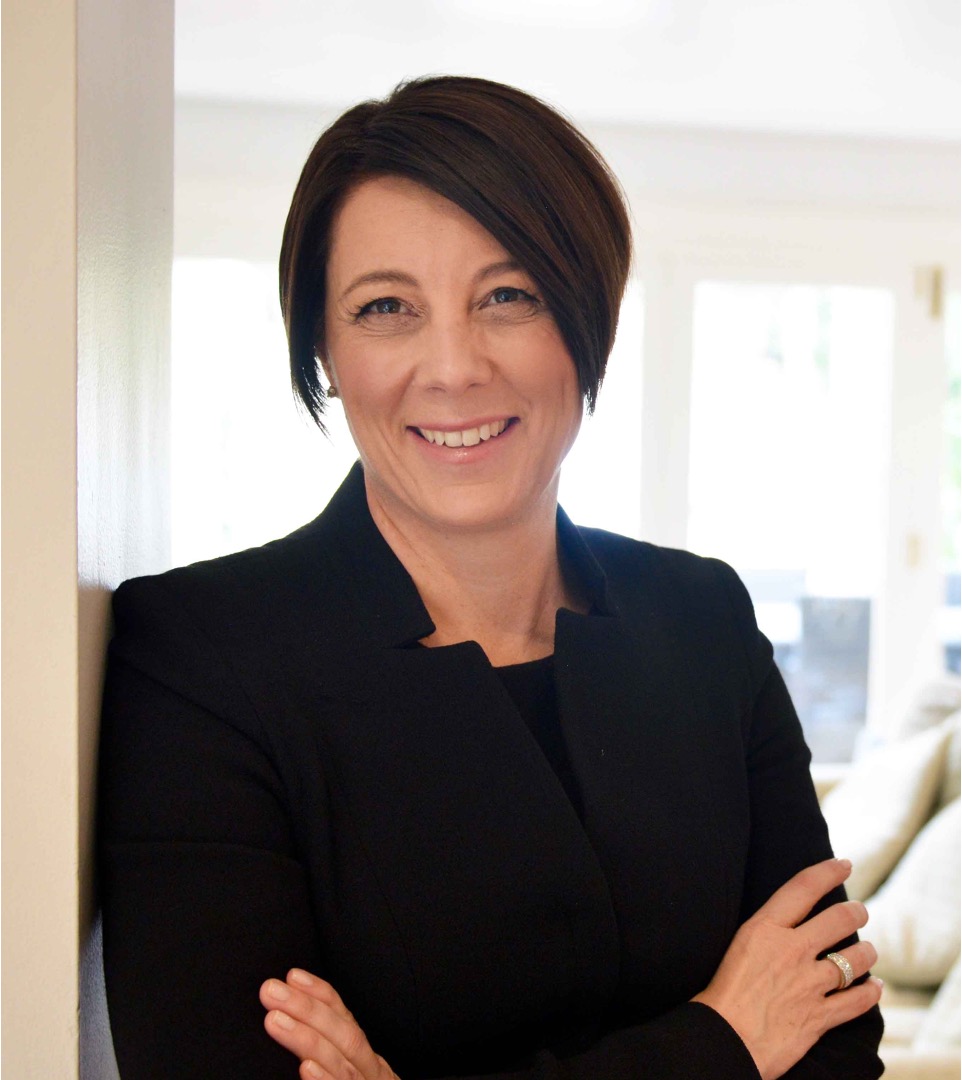
Do you score your communication 7/10?
I have been very much enjoying the preview version of Richard Medcalf's draft book, Making Time for Strategy.
As always, Richard turns common ways of thinking on their head. He will then offer a super simple strategy that does what his tagline says it will do: multiplies my impact.
Let me share one example with you.
He says we should never score ourselves as a 7, which he aptly describes as a ‘meh' number.
It's safe yet meaningless. It's not terrible, yet it's not great either.
I mention this because I have been shocked at how many people joining my programs play it safe and score their communication as 7.
So, how do you score your communication without being a 7?
Here is a way to think about the scale from ouch to outstanding:
- 1 to 2 – ouch! You don't get the decisions or actions you want. Your written and verbal communication misses the mark around substance, story and presentation.
- 3 to 4 – interpreter needed. Your leader reworks most if not all your major pieces of communication. It is too hard to help you, so they do it themselves. Others help during meetings by interpreting what you are saying so your audience understands you.
- 5 to 6 – passable. Your leader reworks some of your major communication. They provide suggestions for less critical or less complex pieces, but largely leave you to complete them. You can convey your messaging verbally fairly well, but receive some clarification questions from your audience.
- 8 to 10 – outstanding. Your leader provides minor improvement suggestions only. They trust you to deliver a high quality insight in a professional and effective way. Most presentations and meetings focus on making progress rather than clarifying your point. You get the job done.
If your honest score is 6 or below, I invite you to explore Clarity First.
We can help you engage your decision makers in complex ideas.
Registrations close next week.
Kind regards,
Davina
PS – Here are some other places to go for more information.
- Register for my free mini course, Better Emails in 10 Minutes
- Explore the Clarity Hub, full of resources, templates, live sessions. First month free.
- Grab a draft letter to help pitch your manager for financial support
Clarity First Registrations Now Open!
In Clarity First we introduce structured communication techniques to help you engage decision makers.
We go beyond platitudes like “keep it short” and “give me less detail” to teach you how to turn your information into high-quality insights.
Here are some resources to help you learn more about the program:
We offer three learning pathways to choose from
Intensive – for those who want structure and focus so they can move through the material and build their skills in 3 months. Includes 6 interactive workshops + online pre-work + copy of The So What Strategy + access to small group coaching. 30 places max. 12 already taken.
Classic – for those who want to learn in their own time and enjoy small-group coaching. Join on monthly or yearly subscriptions.
Foundation – for those who want more. Enjoy everything in the Intensive as well as the Classic pathways + 4 x speed coaching sessions + 6 x email feedback on your own work. 2 places only available.
>> Download the latest brochure here.
Get your ‘Pitch your boss' kit here
If you want your manager to invest in your development, you need to do your homework before you have the conversation.
Your manager will want to know exactly why this is the right program for you and how it will help the team and the organisation.
We have provided a brochure, a draft script and some steps to follow to help you prepare for your conversation.
>> Download the latest ‘kit' here.
See what others say here
A number of program members have shared their experience of Clarity First – warts and all.
Click here to see what they say.

PRESENTED BY DAVINA STANLEY
I love what I do.
I help senior leaders and their teams prepare high-quality papers and presentations in a fraction of the time.
This involves 'nailing' the message that will quickly engage decision makers in the required outcome.
I leverage 25+ years' experience including
- learning structured thinking techniques at McKinsey in Hong Kong in the mid 1990s before coaching and training their teams globally as a freelancer for a further 15 years
- being approved to teach the Pyramid Principle by Barbara Minto in 2009
- helping CEOs, C-suite leaders and their reports deeply understand their stakeholder needs and communicate accordingly
- seeing leaders cut the number of times they review major papers by ~30% and teams cut the amount of time they take to prepare major papers by ~20%*
- watching senior meetings focus on substantive discussions and better decisions rather than trying to clarify the issue
My approach helps anyone who needs to engage senior leaders and Boards.
Recent clients include 7Eleven, KPMG, Mercer, Meta, Woolworths.
Learn more at www.clarityfirstprogram.com
(*) Numbers are based on 2023 client benchmarking results.

















